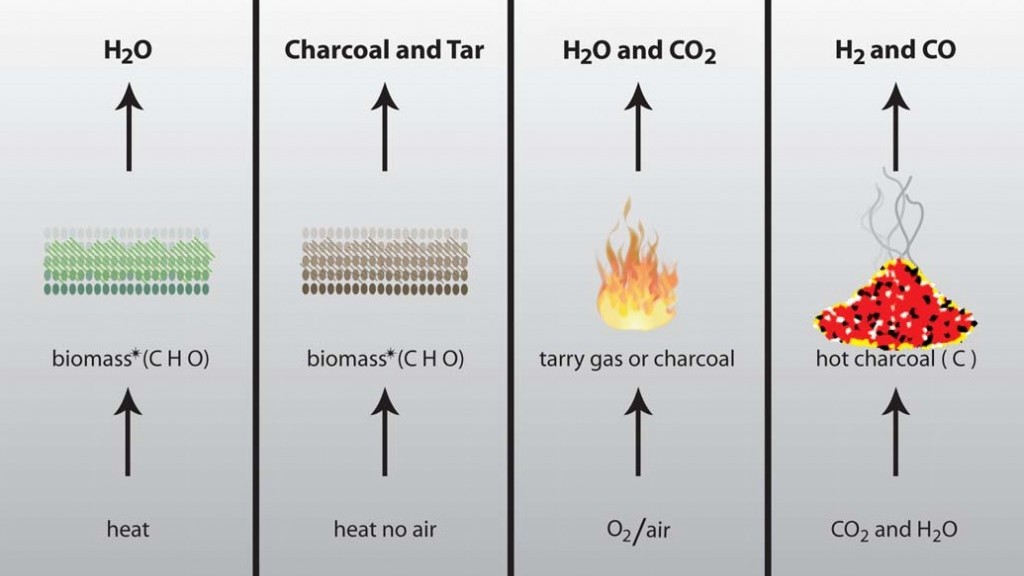
Google told me about this new citation to my work. It is a short Polish paper that refers to work I did using environmental #Life Cycle Assessment (#LCA) on the manures and slurries produced by pig and dairy farm and various technologies for handling, storing and using them.
This new work builds on from results where I show that following anaerobic digestion (AD) the resulting #digestate is far more potent as a #fertiliser, but is also far more likely to lose ammonia by volatilisation if not managed better. The added potency is due to the digestion fermentation step breaking down complex organic structures and releasing nutrients into the liquor whilst releasing the carbon (drymatter) as methane gas.
The high moisture content of digestate is also a transport burden. One way the my Polish friends look at to manage it better is to dry the digestate 10% moisture content and subject it to pyrolysis and gasification. This has the advantage of getting more #renewable energy and producing biochar or ash as a readily transport fertiliser.

What I really like about this work was that they are looking at an important questions and that they are publishing hard analytical data on digestate and its performance in these processes.
To elaborate on the importance of the question. Improvements on environmental performance in systems such as #agriculture is akin to chasing bubbles in a carpet. As soon as you introduce one technology, such as an #anaerobic digester you soon or alter have to think out how you are going to mange the digestate with its increased potency, These still in not one right idea about that and an open question on at least one project I am currently involved with. Intervening into agricultural systems (or any system) has to be done systematically at multiple points to avoid environmental burdens moving to another part of the system or one burden swapping for another. The environmental Life Cycle Assessment method is tool to use in these cases

If you want a tip about win wins with an intervention into a complex system then think along the lines of productive efficiency where you are trying to either a) obtain the same from fewer inputs, or b) obtain more from the same inputs.
Whilst I am glad this paper is published there is an opportunity to set it within the context of systems thinking and LCA. A couple of things make me think so:
- The author’s mention that the proliferation of large scale #biogas plants in areas where there are restricted opportunities to apply digestate leads to active consideration of drying digestate to ease the transport burdens of shipping it. I suspect that recycling disposal problem already existed in those area as ADs don’t create mass that was not already there. The problem maybe that now that it is being processed in an AD it is officially visible as a ‘waste’ and of course more potent.
- An important gap in the life cycle thinking is the drying step of the digestate. In this case a thermal step is used, but not detailed. The question is what happens to the ammoniacal nitrogen during thermal drying? They authour’s correctly identify the risk of losing 70 or so percent of the nitrogen following land spreading, but don’t say what happens under thermal drying.
- If one was to further apply life cycle thinking we would be thinking of the net energy balance with the thermal drying and pyrolysis and gasification steps. We would also want to be sure flue gases and evaporative gases didn’t carry additional environmental burdens. Finally, we would want to know the agricultural fertility value of biochar (carbonizate) or ash especially if there are heavy metals or persistent organic contaminants.
Overall I enjoyed giving this paper a good read. It tackles an important areas, but I suspect we are still chasing bubbles in the carpet.

It went down very well aided by a bottle of real ale from a recently discovered micro brewery called Hornes located about 10 miles from where I sit.





